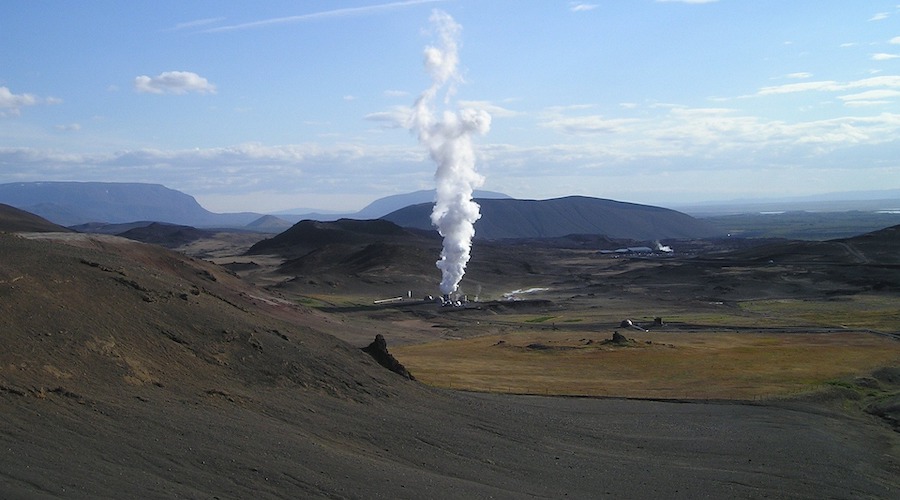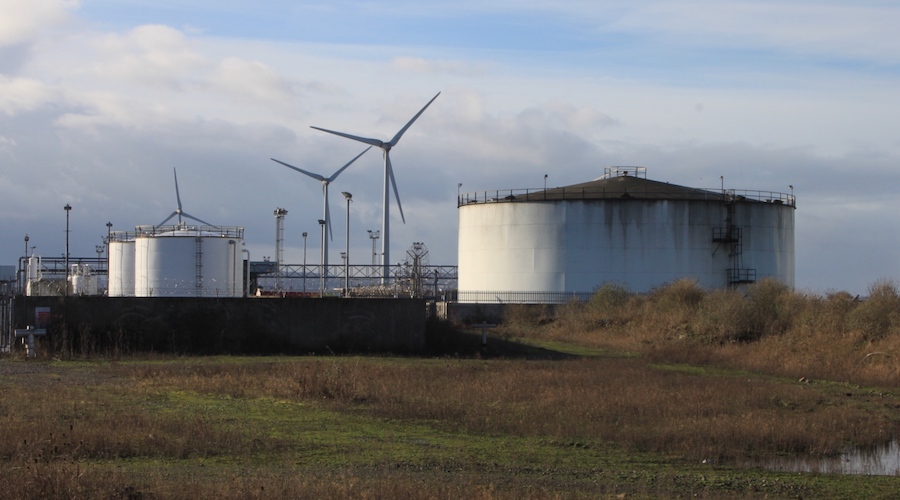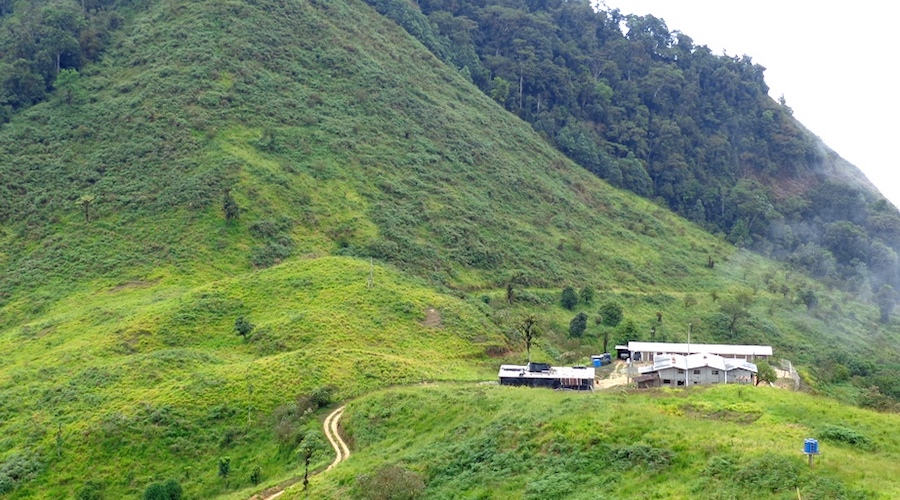
- Grinding selected samples to 90% (finer grind) instead of 70% increases gold grades from 5% to 38% for these samples.
- Best result from the 2,958-metre drill program includes 27.75 metres grading 0.84 g/t Au (90% grind), intersecting the A-Po Zone.
- About 300 additional samples from previous drilling have been sent to the laboratory for reanalysis.
- TomaGold will begin a 1,500-metre drill program on Obalski next week to test new targets identified by geophysics.
MONTREAL, April 05, 2023 (GLOBE NEWSWIRE) — TOMAGOLD CORPORATION (TSXV: LOT) (OTCQB: TOGOF) (“TomaGold” or the “Corporation”) is pleased to announce the results of the year-end 2022 drilling program on its wholly owned Obalski property, located 2 km south of Chibougamau, Quebec. In addition, the Corporation presents the results of reanalysis of selected samples from drilling on Obalski.
“While this latest program has continued to intersect significant intersections on Obalski, we are particularly excited about the reanalysis results, which have increased certain historical gold grades significantly,” said David Grondin, President and CEO of TomaGold. “After extensive testing by independent laboratories, we have concluded that the mineral material on Obalski needs to be grinded finer at 90% instead of 70% for optimal results and that the best results appear to come from lower grade intersections that do not have a nugget effect. To further confirm our theory, close to 300 samples from previous drilling were sent to the laboratory for reanalysis.”
Drilling program
After a compilation of geophysical surveys carried out in several phases in 2021 and 2022 in the field and through drilling, several resistivity and chargeability anomalies were identified. Drilling recommendations were then submitted by Abitibi Geophysics of Val-d’Or.
Following these recommendations, a program of six NQ diameter holes totalling 2,958 metres was drilled on high resistivity/low chargeability and low resistivity/high chargeability anomalies. Hole OBS-22-020 tested a high-resistivity anomaly and holes OBS-22-021 to OBS-22-025 tested two low-resistivity/high-chargeability anomalies. The following table presents the results obtained.
| Hole | From (m) |
To (m) |
Length (m)* |
Au g/t (70% grinding) |
Au g/t (90% grinding) |
Metal factor (70%) |
Metal factor (90%) |
Variation following reanalysis |
|
| OBS-22-020 | 122.85 | 122.35 | 0.50 | 0.21 | No reanalysis performed | ||||
| OBS-22-021 | 264.0 | 264.5 | 0.50 | 0.81 | No reanalysis performed | ||||
| 387.3 | 391.5 | 4.20 | 0.25 | ||||||
| 437.0 | 437.5 | 0.50 | 0.29 | ||||||
| OBS-22-022 | 52.55 | 53.9 | 1.35 | 0.44 | No reanalysis performed | ||||
| 312.0 | 315.1 | 3.10 | 0.43 | ||||||
| 421.7 | 423.85 | 2.15 | 0.46 | ||||||
| OBS-22-023 | 119.3 | 120.9 | 1.60 | 2.89 | No reanalysis performed | ||||
| 458.0 | 458.5 | 0.50 | 0.52 | ||||||
| OBS-22-024 | 366.4 | 366.9 | 0.50 | 2.49 | No reanalysis performed | ||||
| 406.65 | 409.65 | 3.00 | 1.05 | ||||||
| 412.6 | 414.0 | 1.40 | 0.28 | ||||||
| OBS-22-025 | 451.8 | 479.55 | 27.75 | 0.76 | 0.84 | 21.09 | 23.31 | +10.7 | % |
* True width is estimated at 65-70% of core length.
The result obtained from hole OBS-22-025 is particularly significant. The hole intersected the A-Po mineralized zone at a vertical depth of 400 metres. This intersection could represent the A-Po zone which is intersected by a possible NNE-SSW trending fault that would have caused remobilization of the gold-bearing sulphides. This area will be the subject of further drilling.
Location of drill holes
| Hole | Easting | Northing | Azimuth | Dip | Length |
| OBS-22-020 | 543472 | 5524561 | 200° | -50° | 417 |
| OBS-22-021 | 543410 | 5524466 | 020° | -50° | 468 |
| OBS-22-022 | 543410 | 5524466 | 020° | -60° | 543 |
| OBS-22-023 | 543410 | 5524466 | 020° | -70° | 558 |
| OBS-22-024 | 543456 | 5524449 | 020° | -50° | 471 |
| OBS-22-025 | 543456 | 5524449 | 020° | -60° | 501 |
Sample reanalysis
Since the acquisition of the Obalski project, several questions have been raised about the validity of the analytical methods used for gold and silver analysis. Some experts have raised the possibility of the presence of halogens while others have questioned the fineness of the initial grinding of the half-core samples and the final pulp volume upon pulverization.
The Corporation thus proceeded with the reanalysis of two groups of samples from significant mineralized zones. The first group was designed to investigate the possible presence of problematic halogens. A total of 44 pulp samples were processed by direct cyanidation. The results showed no significant difference between the fire assay and direct cyanidation methods. The halogen problem was therefore ruled out.
The second group of 132 samples was carefully selected for reprocessing from the original rejects. These rejects were reground to 90% passing 2 mm instead of 70% passing 2 mm as was done in the first fire assay. The Corporation also decided to produce at least 1 kg of pulp at < 75 microns instead of 200 g < 75 microns before the final 50 g batch for fire assay.
The following table shows the results obtained for holes with a metal factor greater than 10. In addition, for hole OBS-22-015A, we can see the difference between a high-grade gold intersection due to a nugget effect and an intersection without the high grade.
| Hole | From (m) |
To (m) |
Length (m)* |
Au g/t (70% grinding) |
Au g/t (90% grinding) |
Metal factor (70%) |
Metal factor (90%) |
Variation following reanalysis |
|
| OBS-22-005A | 390.25 | 439.5 | 49.25 | 0.21 | 0.22 | 10.34 | 10.84 | +4.8 | % |
| OBS-22-015A (incl. 71 g/t) |
417.75 | 427.35 | 9.60 | 5.52 | 4.36 | 52.99 | 41.86 | -11.1 | % |
| OBS-22-015A (excl. 71 g/t) |
417.75 | 426.70 | 8.95 | 0.71 | 0.82 | 6.35 | 7.34 | +15.6 | % |
| OBS-22-016 | 259.5 | 283.5 | 24.00 | 0.32 | 0.44 | 7.68 | 10.56 | +37.5 | % |
| OBS-22-025 | 451.8 | 479.55 | 27.75 | 0.76 | 0.84 | 21.09 | 23.31 | +10.7 | % |
* True width is estimated at 65-70% of core length.
Considering that the number of samples reanalyzed is relatively small, the Corporation has decided to reanalyze approximately 300 additional samples to further corroborate its theory.
Sample preparation and analysis
TomaGold has implemented and is adhering to a strict Quality Assurance/Quality Control program for the current drilling program. The core is sawed in half, with one half kept as a witness sample in Chibougamau and the other half shipped directly by bus to ALS Chemex in Val-d’Or, Quebec. ALS grinds the half core to 1/8″, split it into two halves and keeps one half as a witness (reject) in Val-d’Or. ALS pulverizes the other half to minus 200 mesh, takes a 50 g sample for analysis and keeps the rest, identified as “pulp”.
The technical content of this press release has been reviewed and approved by André Jean, P.Eng., the Corporation’s Director of Exploration and a qualified person under National Instrument 43-101.
About the Obalski property
The Obalski property covers 345 hectares about 2 km south of Chibougamau, Quebec. Discovered in 1928, the Obalski deposit produced 100,273 tonnes at grades of 1.14% Cu, 2.08 g/t Au and 6.04 g/t Ag from the A zone between 1964 to 1972, and around 9,000 tonnes at a reported grade of 8.5 g/t Au from the D zone in 1984 (Source: SIGEOM and Camchib Exploration internal reports).
About TomaGold
TomaGold Corporation (TSXV: LOT) (OTCQB: TOGOF) is a Canadian mineral exploration company engaged in the acquisition, assessment, exploration and development of gold, copper, rare earth elements and lithium projects. TomaGold holds interests in five gold properties near the Chibougamau mining camp in northern Quebec: Obalski, Monster Lake East, Monster Lake West, Hazeur and Doda Lake, as well as a 24.5% interest through a joint venture with Evolution Mining Ltd. and New Gold Inc. in the Baird property, located near the Red Lake mining camp in Ontario. In addition, it owns a 100% interest in a lithium property and in the Star Lake rare earth elements property, located in the James Bay region of Quebec.
Contact:
David Grondin
President and Chief Executive Officer
514-583-3490
www.tomagoldcorp.com
Neither the TSX Venture Exchange nor its regulation services provider (as that term is defined in the policies of the TSX Venture Exchange) accepts responsibility for the adequacy or accuracy of this news release. Some of the statements contained in this press release are forward-looking statements within the meaning of applicable securities laws. Forward-looking statements can be identified by the use of words such as “expects”, “intends”, “is expected”, “potential”, “suggests” or variations of such words and phrases or statements that certain actions, events or results “may”, “could”, “should”, “might” or “will” be taken, occur or be achieved. Forward-looking statements are not historical facts and are subject to a number of risks and uncertainties beyond the Corporation’s control. Readers are cautioned that such statements are not guarantees of future performance and that actual results and developments are likely to differ, and may differ materially, from those expressed or implied by the forward-looking statements contained in this press release. Accordingly, readers should not place undue reliance on forward-looking statements. The Corporation undertakes no obligation to publicly update or revise any forward-looking statements, except as required by law.



